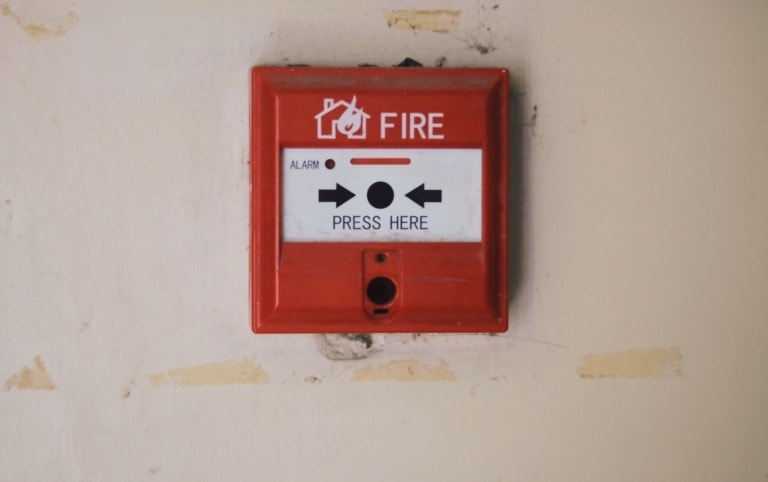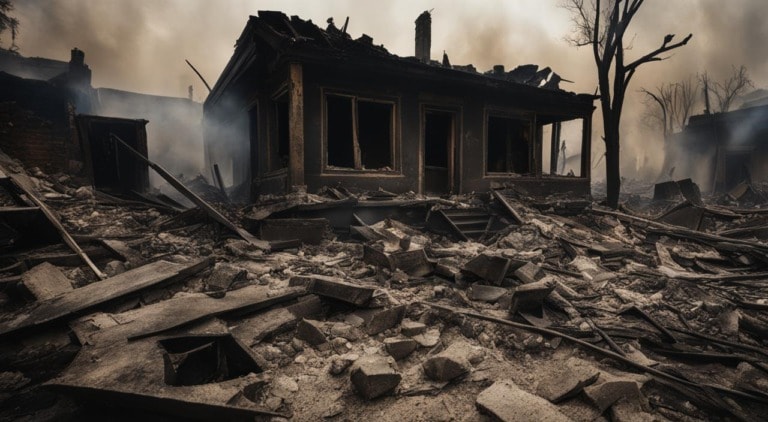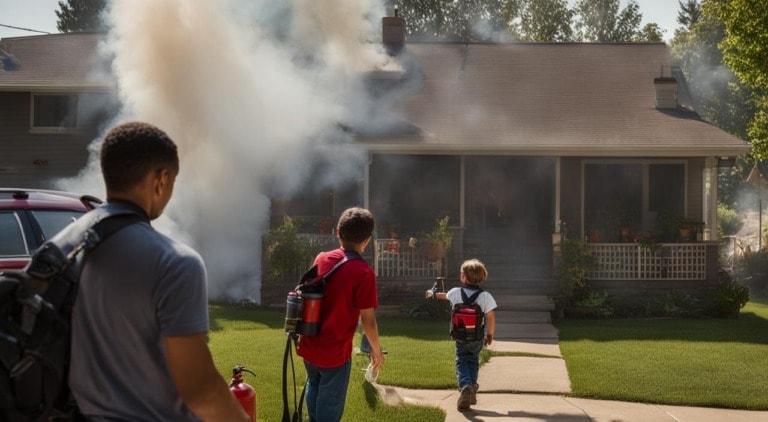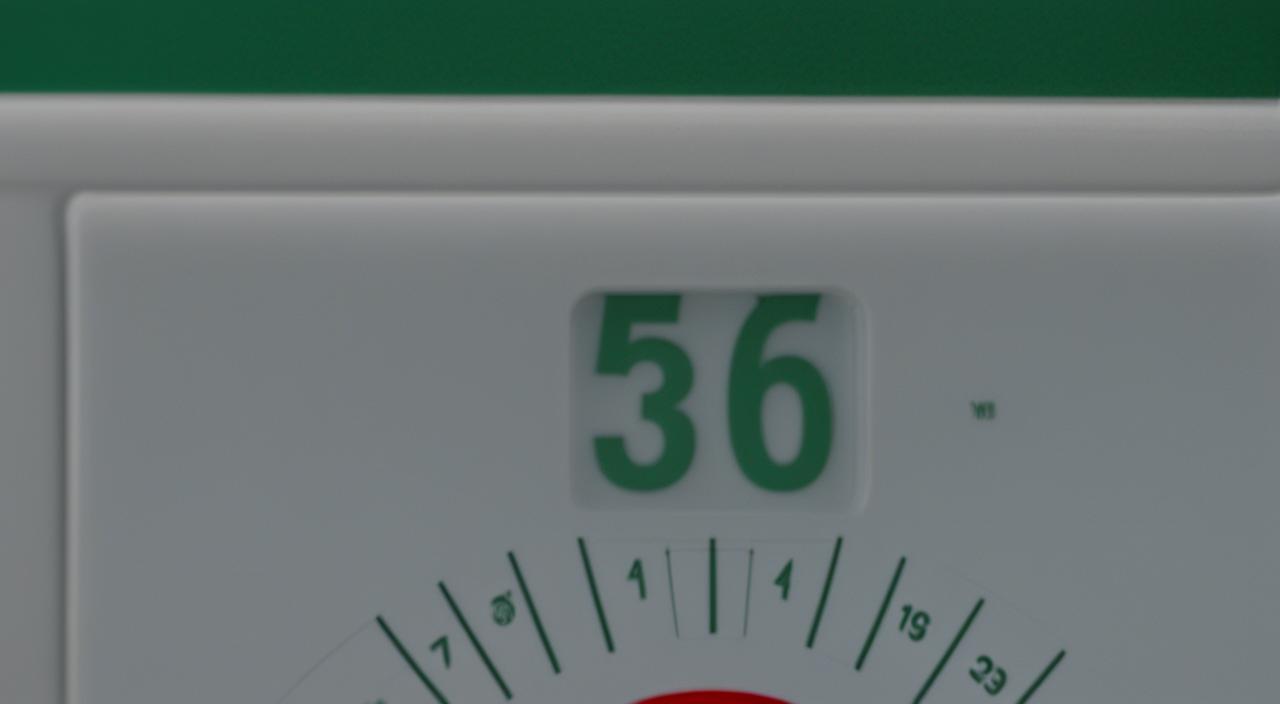
When it comes to fire safety, it’s essential to regularly inspect your fire extinguisher, including checking the pressure gauge. By performing monthly inspections, you can ensure that your fire extinguisher is in proper working condition and ready to use in case of an emergency.
The pressure gauge provides valuable information about the charge level of the extinguisher, indicating whether it is within the optimal range for operation. A needle in the green area signifies that the extinguisher is charged and ready to use.
However, if the needle falls into the red zone, it means that the extinguisher is either undercharged or overcharged, requiring recharging or replacement. Checking the pressure gauge is just one aspect of fire extinguisher maintenance, but it is crucial for ensuring the effectiveness and reliability of this life-saving device.
Importance of Fire Extinguisher Inspections
In addition to checking the pressure gauge, regular fire extinguisher inspections are essential for maintaining their effectiveness and ensuring safety. Monthly inspections allow you to verify that the extinguisher is present in its designated location, free from damage, and easily accessible when needed.
During these inspections, it’s important to inspect the exterior of the extinguisher for physical damage, such as corrosion, dents, or leakage. Look for any signs of wear and tear that could affect the extinguisher’s ability to function properly during an emergency.
Inspect the pull pin to ensure it is intact and the seal is not broken. A missing or broken seal may indicate that the extinguisher has been tampered with or used before.
Additionally, check the date of the last inspection to ensure it is within the recommended timeframe. If it has been longer than a year since the last inspection, it’s advisable to call in a professional technician for preventative maintenance.
Fire Extinguisher Inspection Checklist:
- Verify the extinguisher is in its designated location
- Check for physical damage, corrosion, dents, or leakage
- Inspect the pull pin for integrity
- Ensure the seal is intact
- Check the date of the last inspection
By performing these inspections and keeping a record of them, you can stay on top of your fire extinguisher maintenance and ensure that it is safe to use in the event of an emergency.
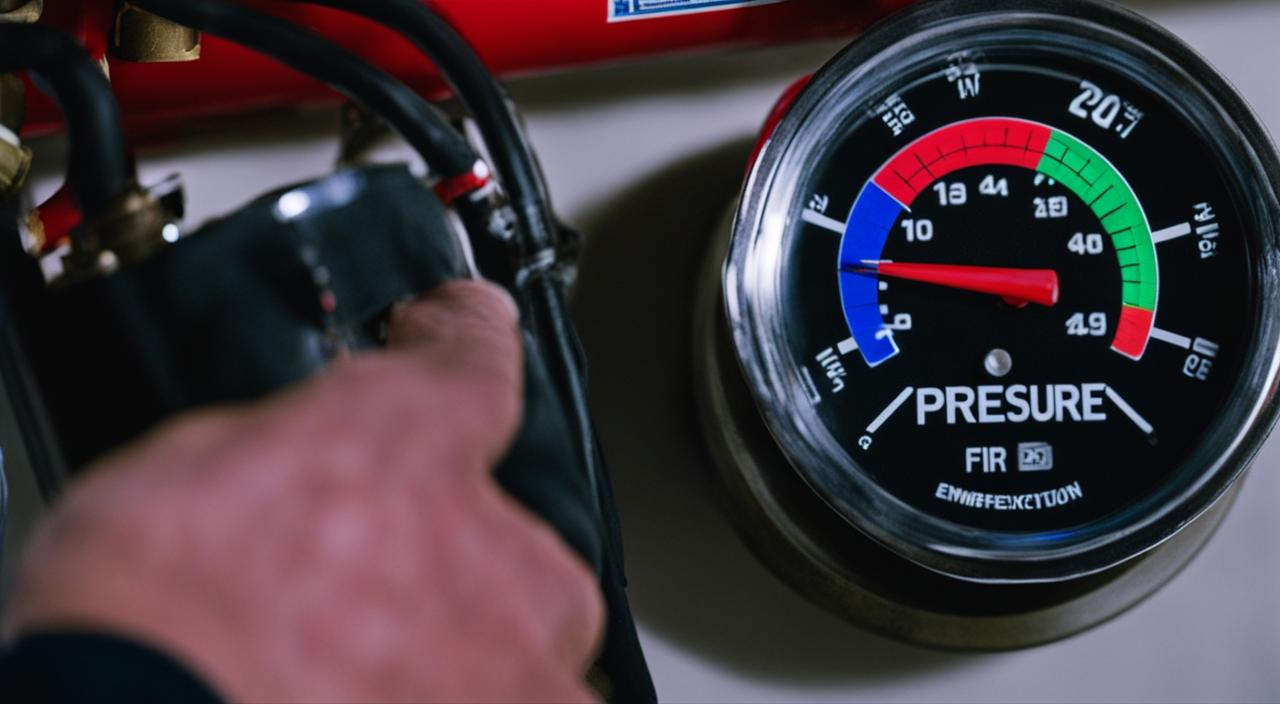
Knowing Fire Extinguisher Pressure Gauge Readings
When it comes to fire safety, it’s crucial to understand how to read and interpret the pressure gauge on your fire extinguisher. The pressure gauge provides valuable information about the charge level and functionality of the extinguisher, allowing you to ensure its readiness in case of an emergency.
The pressure gauge typically consists of three zones: green, yellow, and red. When the needle is within the green zone, it indicates that the extinguisher is fully charged and within the optimal range for operation. This means that the extinguisher is ready to use if a fire occurs.
However, if the needle points to the red zone, it signifies that the extinguisher is either undercharged or overcharged.
An undercharged extinguisher may not have enough pressure to effectively extinguish a fire, while an overcharged extinguisher poses a risk of explosion.
It’s important to note that some pressure gauges may also have a yellow grid area, which is used by manufacturers and does not necessarily mean the extinguisher is invalid.
If the needle consistently falls outside the green zone or is in the yellow or red zone, it is highly recommended to seek professional assistance for recharging or replacing the extinguisher. Regularly checking and interpreting the pressure gauge readings is essential to ensure that your fire extinguisher is always in optimal working condition and ready to save lives.




